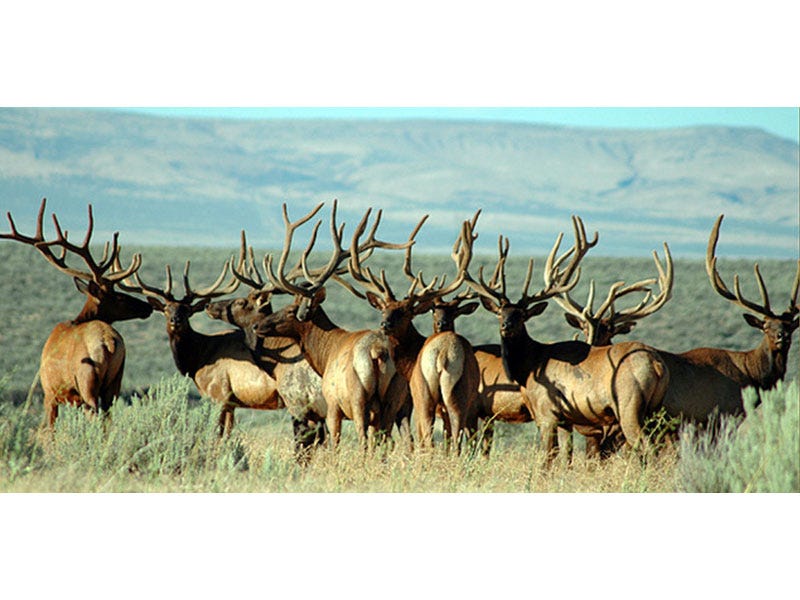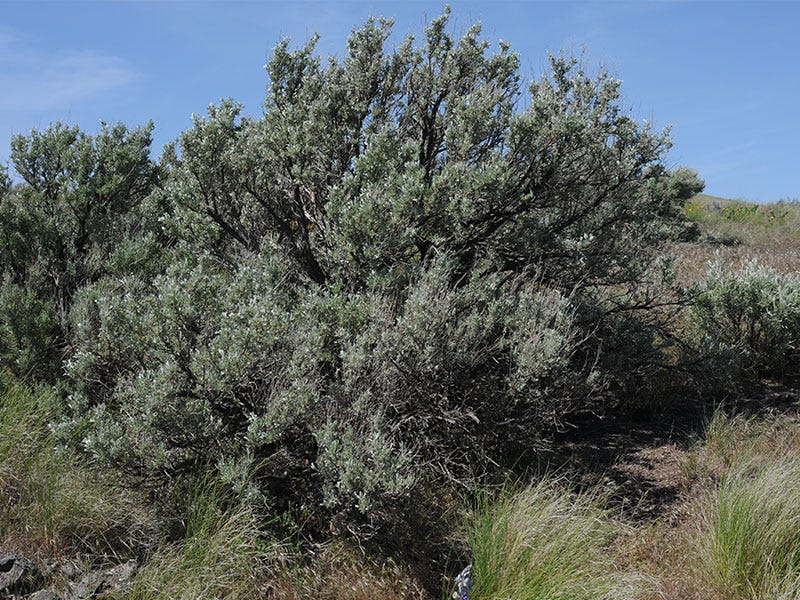Hanford Reach - A Compelling Adventure


The Columbia River is many things to many people—a hydroelectric powerhouse, one of North America's mightiest waterways, a historic highway, a Native homeland, a geologic marvel, a salmon nursery. It is a key element in history books, the subject of rollicking songs, namesake of a dozen geographic sites such as the Columbia Gorge. It binds the Northwest, cleaves its mountains, waters its lands. It also provides one of the most compelling outdoor adventures in the Northwest, a waterborne journey from past to present and back again.
Green Douglas firs where the waters cut through
Down her wild mountains and canyons she flew
So sang Woody Guthrie in a famous 1941 song, Roll on Columbia. "To the oceans so blue... " the song continues, and this morning, floating its longest free-flowing US stretch, the 56-mile Hanford Reach, that's exactly where I'm headed. And to all those grand descriptions above, I'd like to add one more facet of the Columbia:
"Avian theme park."
Birds are everywhere, and I do mean everywhere. In just a few hours we've seen dozens of herons, a handful of ospreys, red-tailed hawks and darting kestrels, mallards, mergansers, shovelers, gadwalls and geese. Ravens scrape nests in the shoreline cliffs. Meadowlarks serenade the sun, and the squawks of pheasants echo through the sage. Forester's terns guard island nests. Bank swallows flock to the mud shores, and cliff swallows engineer condominium empires in the 100-foot white cliffs guarding much of the eastern shoreline. Scoters dash through the water, cormorants cruise above it and languid loons stretch their long necks. Night herons ply daytime chores. Gulls, goldeneyes, curlews, teals, pelicans, buffleheads, harriers, killdeer, sandpipers, kingfishers, flickers, magpies, bluebirds, blackbirds and crows—the day is a glorious reminder of the astounding diversity of bird life in our world.
See the birds, deer, elk, and other wildlife from any range. Check our selection of optics here.
But there's more. Mule deer ghost through the head-high sage adjacent the river. A huge porcupine clings to a cottonwood branch that looks much too small; indeed, it is bowing dangerously while the animal gnaws the bark on an adjacent trunk. And a small herd of elk graze in a low-lying glen a couple hundred yards west of the river—one of the few places in North America where you can see elk in their historic habitat, grasslands.

By water volume, this is America's fourth-largest river, after the Mississippi, Ohio and St. Lawrence. The Columbia's flow, 273,000 cubic feet per second surging through Canada into the States, is born in the high peaks of the Northwest and holds so much momentum and velocity that it was dammed at almost a dozen points in the 20th century—yielding electric power for millions of people, approximately 40 percent of the hydroelectric output of the entire country. That's great for plasma screen TVs, but not so great for those who like untrammeled nature. The stretch below Priest Rapids Dam, 56 miles down to Richland, Washington, is the only major free-flowing inland water left. Floating it, by canoe, raft or kayak, is a chance to experience what Lewis & Clark and thousands of pioneers, not to mention countless generations of indigenous peoples, did.
It is a mighty stream, still. Though safe for recreational paddlers, its springtime current surges like an outgoing tide; the boils and sweeps around bends suggest the throes of underwater monsters, implacable power barely contained within the banks. It's a stark contrast to the high-latitude desert just yards inland.
If you're looking to hit the Hanford Reach by water check out our selection of kayaks.
This is the home, on the east bank of the national monument, of Columbia Basin big sage, a sturdy and dynamic form of sagebrush that can reach 8 feet and, in favored locations, form copses of sage forest. Walking through these, if you keep your eyes peeled for a spot to shove ashore, provides a unique encounter with an extremely rare ecosystem. Though sagebrush dominates millions of acres of the intermountain West, only in this area does it reach such great size.
Ironically, the big-sage "woodlands" were also the home of a very tiny creature even more rare, the pygmy rabbit. Highly endangered—and extinct on the monument itself—this miniature denizen of the arid Western steppes is a hand-sized hare that lives entirely on sage half the year. Federal officials believe the last purebred Columbia pygmy rabbit died about a decade ago, but a thousand offspring of a cross-breeding program with Idaho pygmy rabbits have been released to the wild in preserves near the monument and, if they continue to thrive, will presumably return to this part of their native range one day.
The west bank of the Reach holds another monumental irony, the still-standing laboratories and reactors of the World War II Hanford nuclear program. Hulking over the plains like monoliths, they contrast sharply with the wild river and the elk that graze the grasslands. The elk themselves are an anomaly, having migrated to the Hanford site on their own decades ago from the Cascades.
Wild, free-roaming elk; a mighty, free-flowing river; towering sentinels of nuclear war; a desert forest: The contrasts here are enough to spur some memorable thought about the diverse nature of the 21st century Northwest.
But, really, all the metaphysical imponderables fade away under the sheer adventure of it. Most visitors float just 19 miles of the Hanford Reach, from a put-in below Priest Rapids at Vernita Bridge to a takeout at White Bluffs landing; this takes about 6 hours, and is best done in May or June, as the heat can become fierce until mid-September. For more information, visit fws.gov/hanfordreach.
By Eric Lucas
